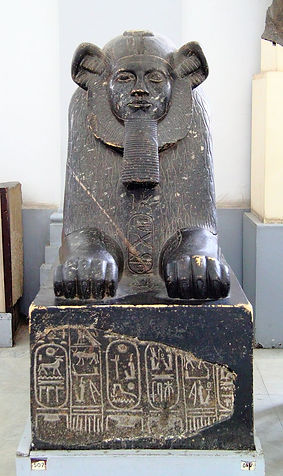<A>
Leo III: *
His most striking legislative reforms dealt with religious matters, especially iconoclasm ("icon-breaking," therefore an iconoclast is an "icon-breaker"). After enforcing the baptism of all Jews and Montanists in the empire (722), he issued a series of edicts against the veneration of images (726–729). This custom had been in use among Christians for centuries, Leo’s decree may have been inspired by Islamic influence as well as the desire to appease non-Christians elements. He was supported by the official aristocracy; however most theologians & all the monks opposed these measures with hostility, and in the western parts of the Empire the people refused to obey the edict. A revolt in Greece, triggered by religious issues, was crushed by the Imperial feet in 727. Leo suppressed opposition of the capital. When in 730, Patriarch Germanos I of Constantinople resigned rather than subscribe to an iconoclastic decree, Leo replaced him with Anastasios, who sided with Imperial iconoclasm. In the Italian Peninsula, the defiant attitude of Popes Gregory II and later Gregory III on behalf of image-veneration led to a fierce quarrel with the Emperor. In 727 the exarchate of Ravenna rose against the Emperor; Leo tried to subdue this with his fleet. However a storm destroyed his vessels. His southern Italian subjects defied his religious edicts; the Exarchate of Ravenna became detached from the Empire. In 730 and 732 Gregory III summoned councils in Rome to anathematize & excommunicate the iconoclasts. In 740 Leo retaliated by transferring Southern Italy and Illyricum from the papal diocese to that of the Patriarch of Constantinople.
<B>
pylon: *
Luxor Temple pylon of Ramses II
On the facade of the west (right) tower, the king is depicted with his advisers and generals. On the east (left) tower, the battle is shown with Ramesses driving his chariot over the dead and dying enemies. Two massive seated statues of Rameses II guard the huge gateway, flanked by 4 standing statues of the king. Two 80 foot (25m) obelisks once accompanied them but today only one remains the other stands in the Place De La Concorde in Paris.

<C>
"Hyksos Sphinx" of Tanis: *
7 of those sphinxes are known, all from in Tanis. The name Hyksos sphinxes was given due to their uncommon looks and to the fact that these were later repeatedly usurped even by Hyksos king.


<D>
Amenemhet Ill (portrait): *
granite sculpture, 19th century BC, traditional pose, seated on a cube-shaped throne, wearing the royal nemes headgear crowned with a sacred cobra. His official dress is simple and consists of a shendit-apron & a belt; the artist paid attention to conveying the broad, high-cheeked face, carefully working up the muscles and placing the eyes in such a way as to make the expression come alive. His naked torso is treated in generalized fashion, in the traditional idealizing style. The Egyptians sought to emphasize the beauty and strength of the ruler, whose outer appearance should embody the unshaking might of the Egyptian state. Cut into the front part of the throne is an inscription bearing the ruler's titles.

China (portrait): *
Portrait of the Yuan dynasty Emperor Kubilai Khan-painting of Shizu (Kublai Khan), as he would have appeared in the 1260s; this painting was executed 1294 by a Nepalese artist and astronomer Anige. The painting is done in the Chinese portrait style. Kublai's white robes reflect his desired and symbolic role as a religious Mongol shaman.
